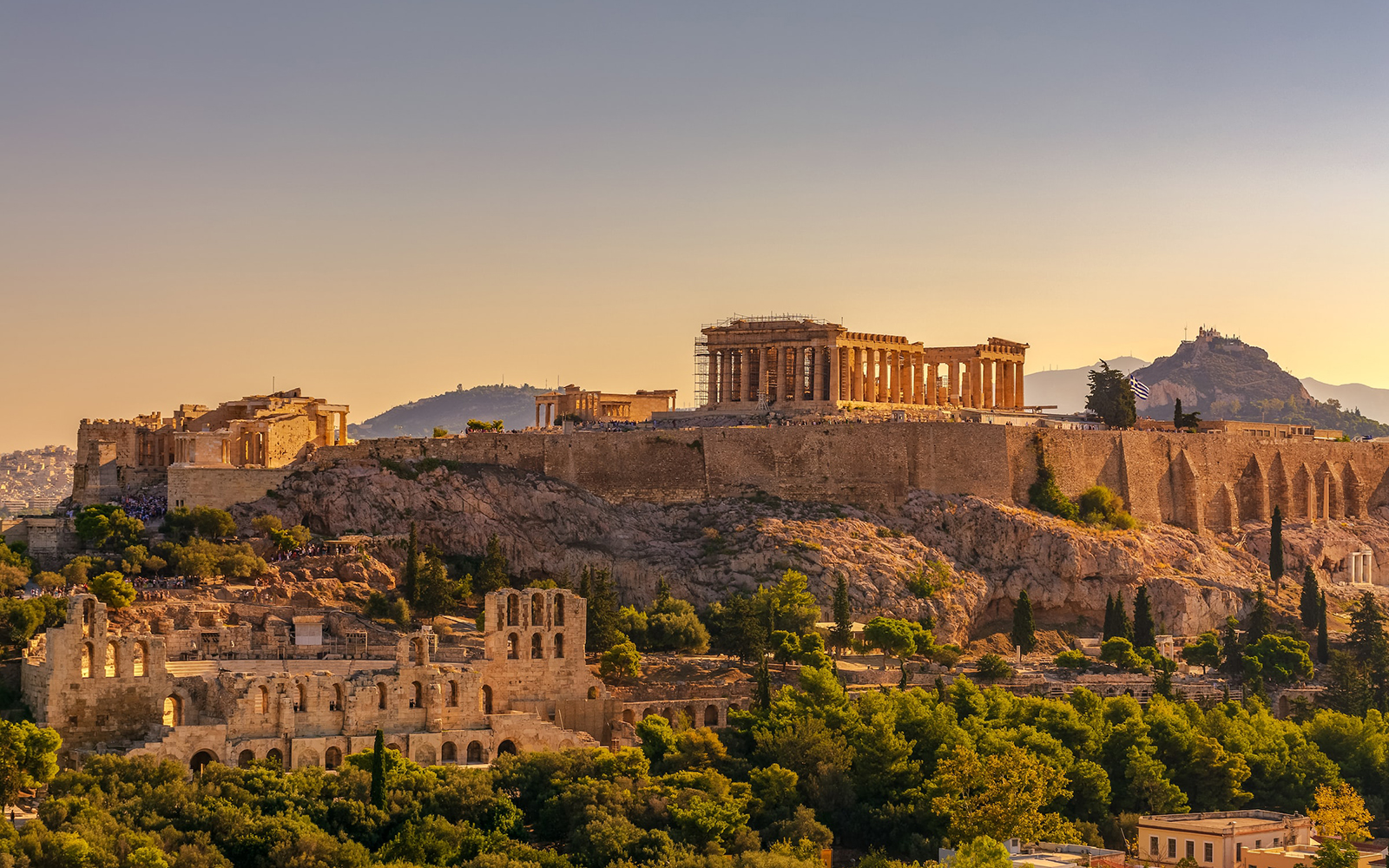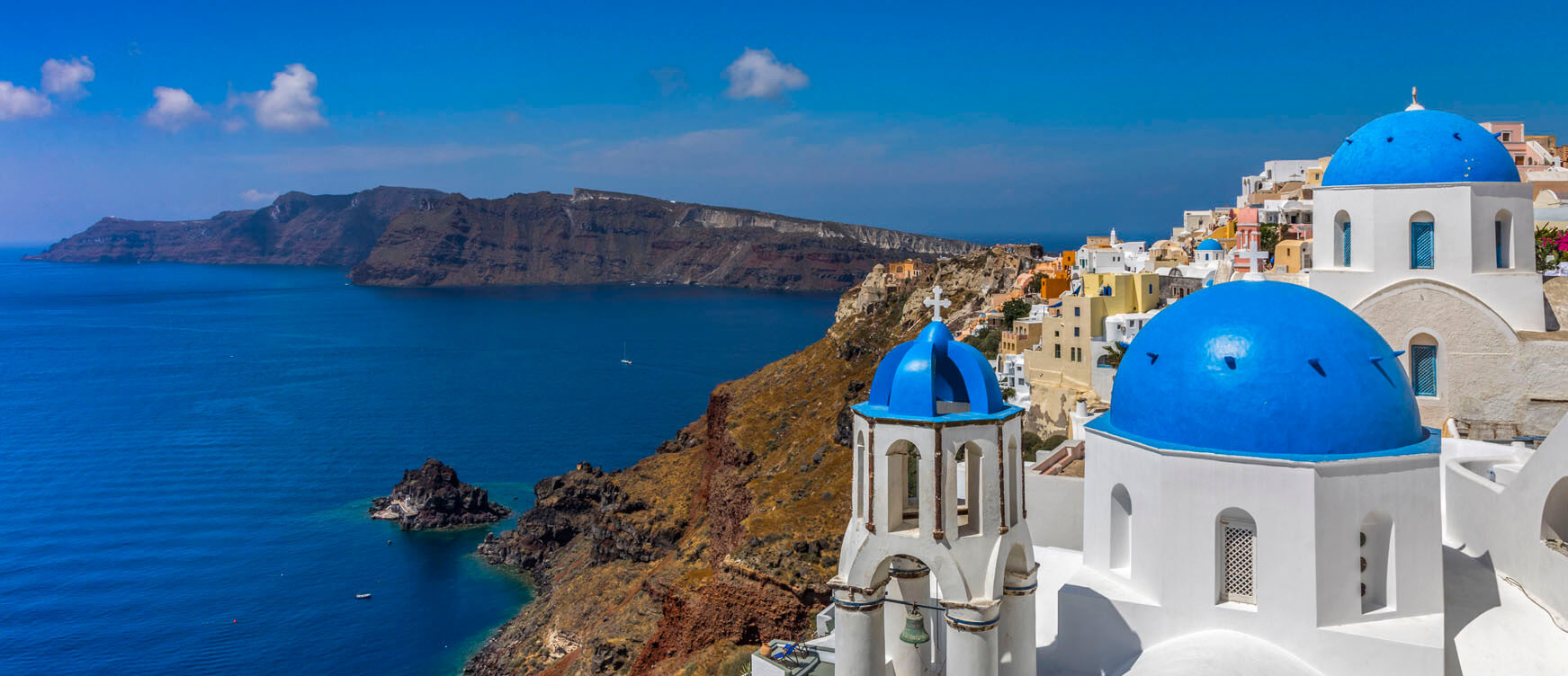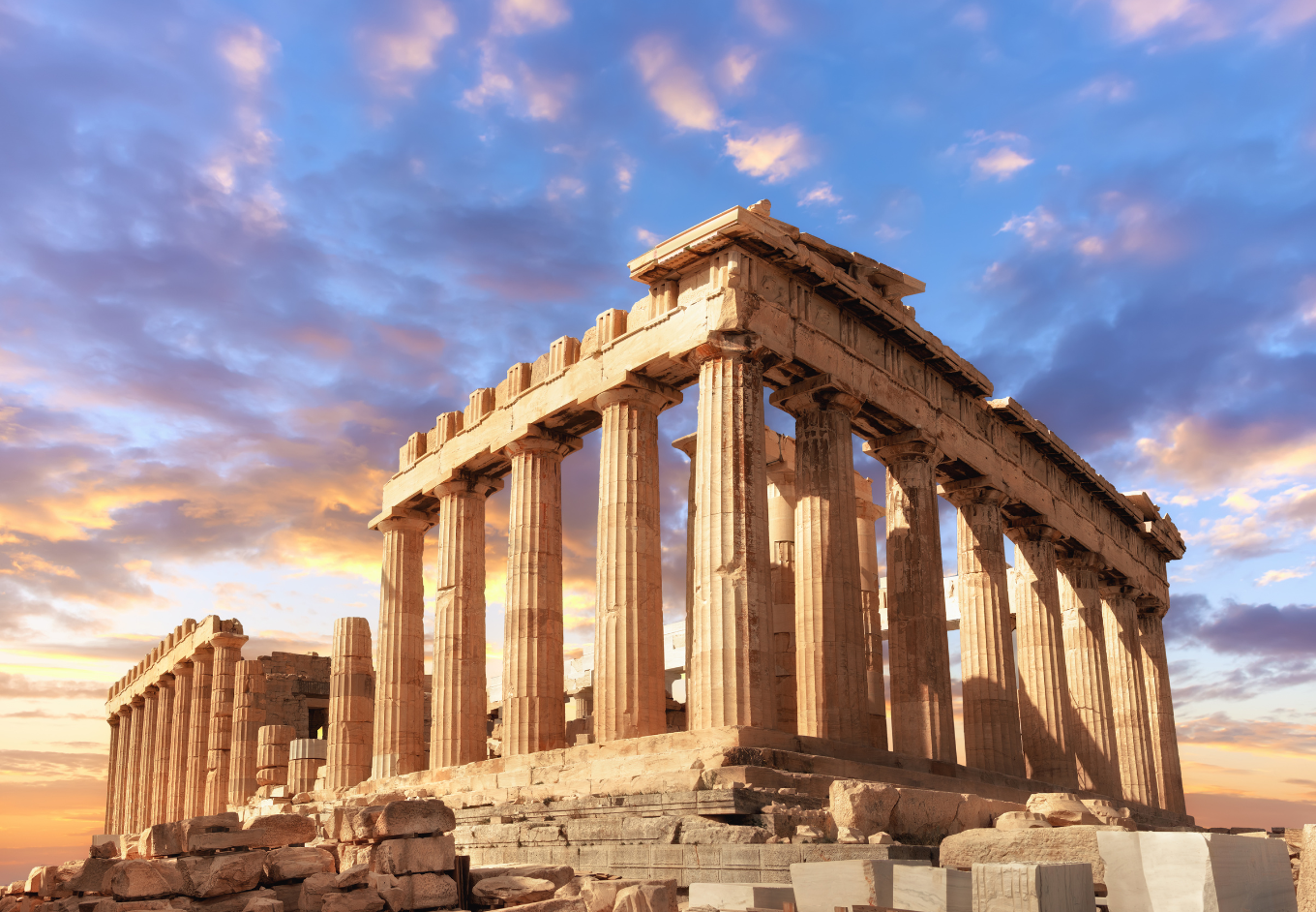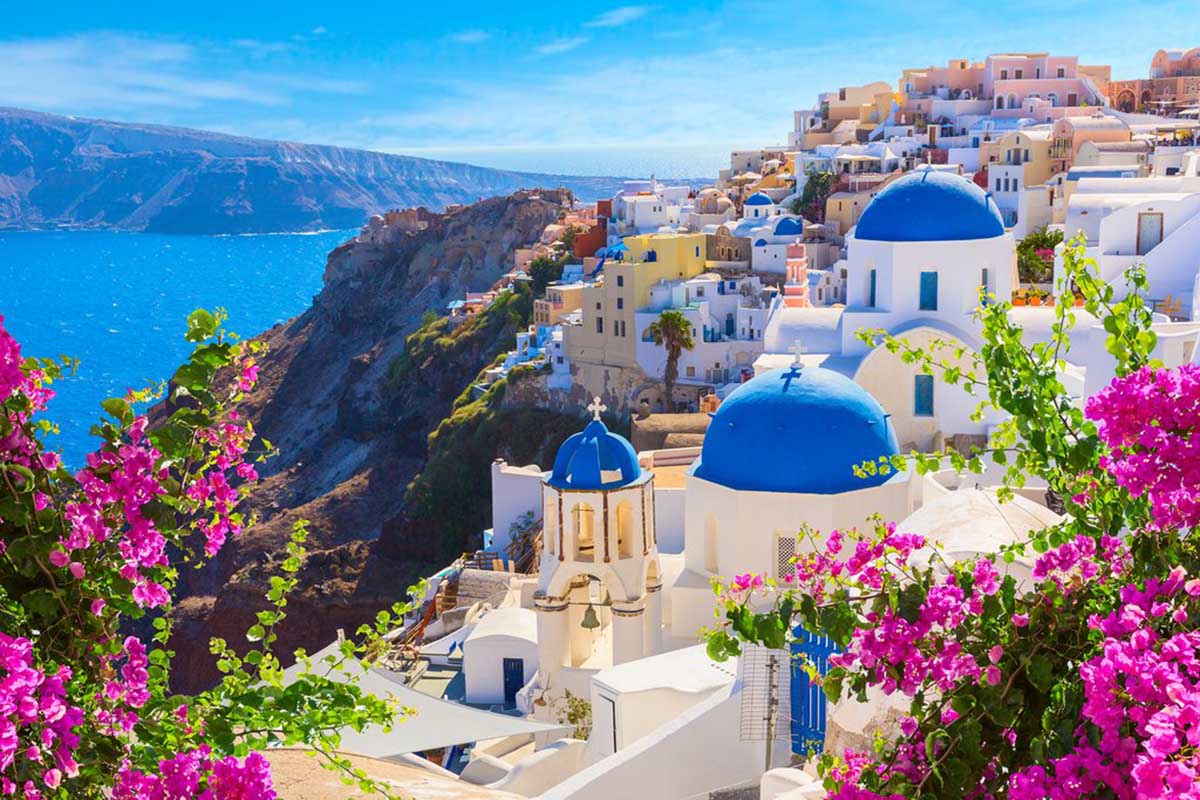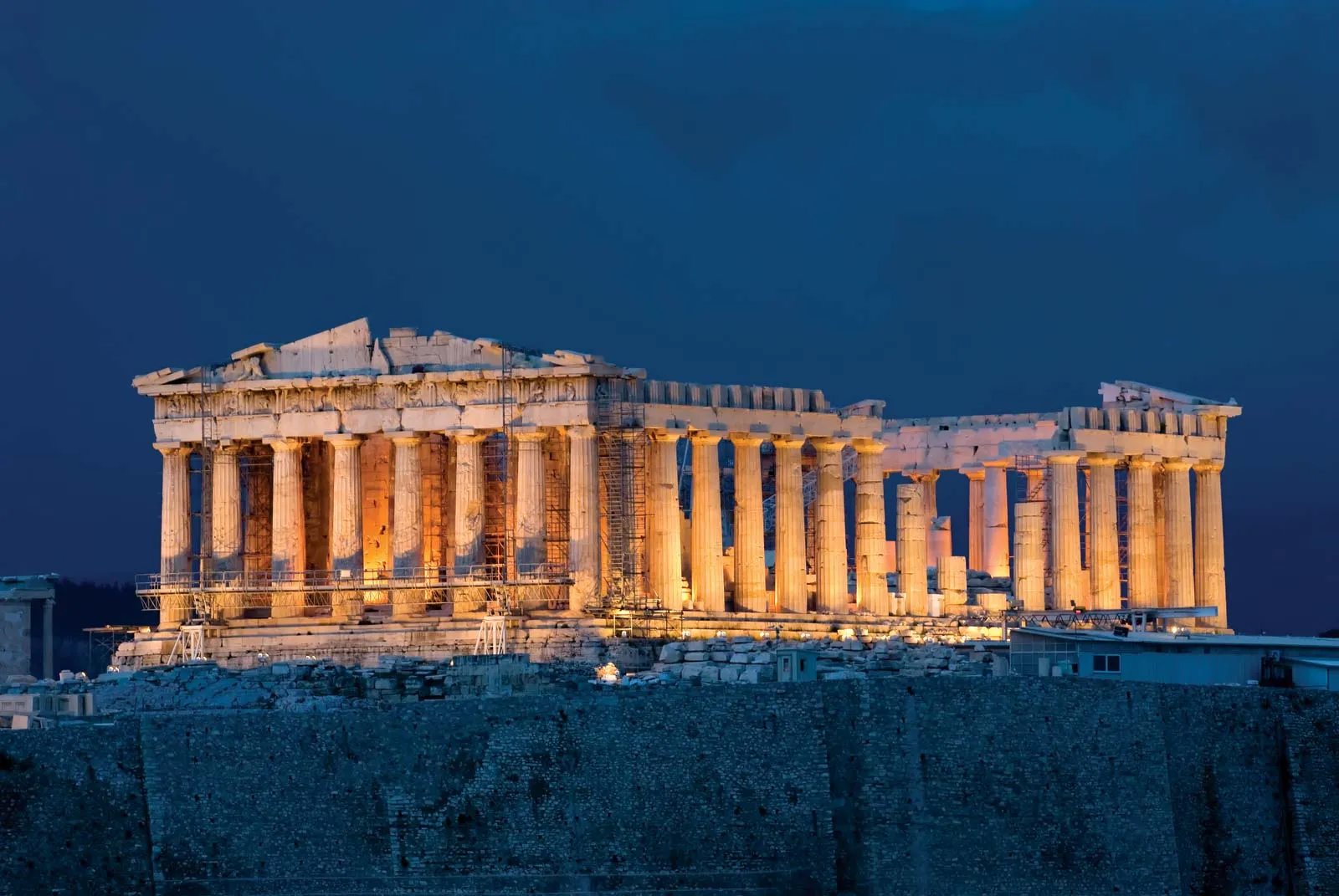The Próton Nekrótafio, the First Cemetery of Athens which is situated in the heart of the city capital, is a place of the deepest archaeological and cultural heritage. Over a hundred years ago, the area was selected to be an eternal cemetery for many of Greece's most famous people, like writers, artists, politicians and general fighters for the cause of the Greek Independence War. With the shaded walkways, leafy pathways, solemn statues, and ornate mausoleums always close by, the visitors are ushered through a historical retelling of these generations past, the systemic injustice and the marginalization they faced, and all that they endured and overcame to carve a place for their name in history. Henrich Schliemann, the well-known archaeologist, is commemorated by the giant tombstone and everyday Athenians by simple graves but still cemetery is a perfect place for reflection on the cultural variety of Greece and its rough history. Above and beyond its being a crematorium, the first Cemetery in Athens acts as an expansive open-air museum, where visitors can pick the evolution of Greek funerary art and architecture with the reminder that the individuals who have been pioneers in shaping the nation s identity have been resting there.


